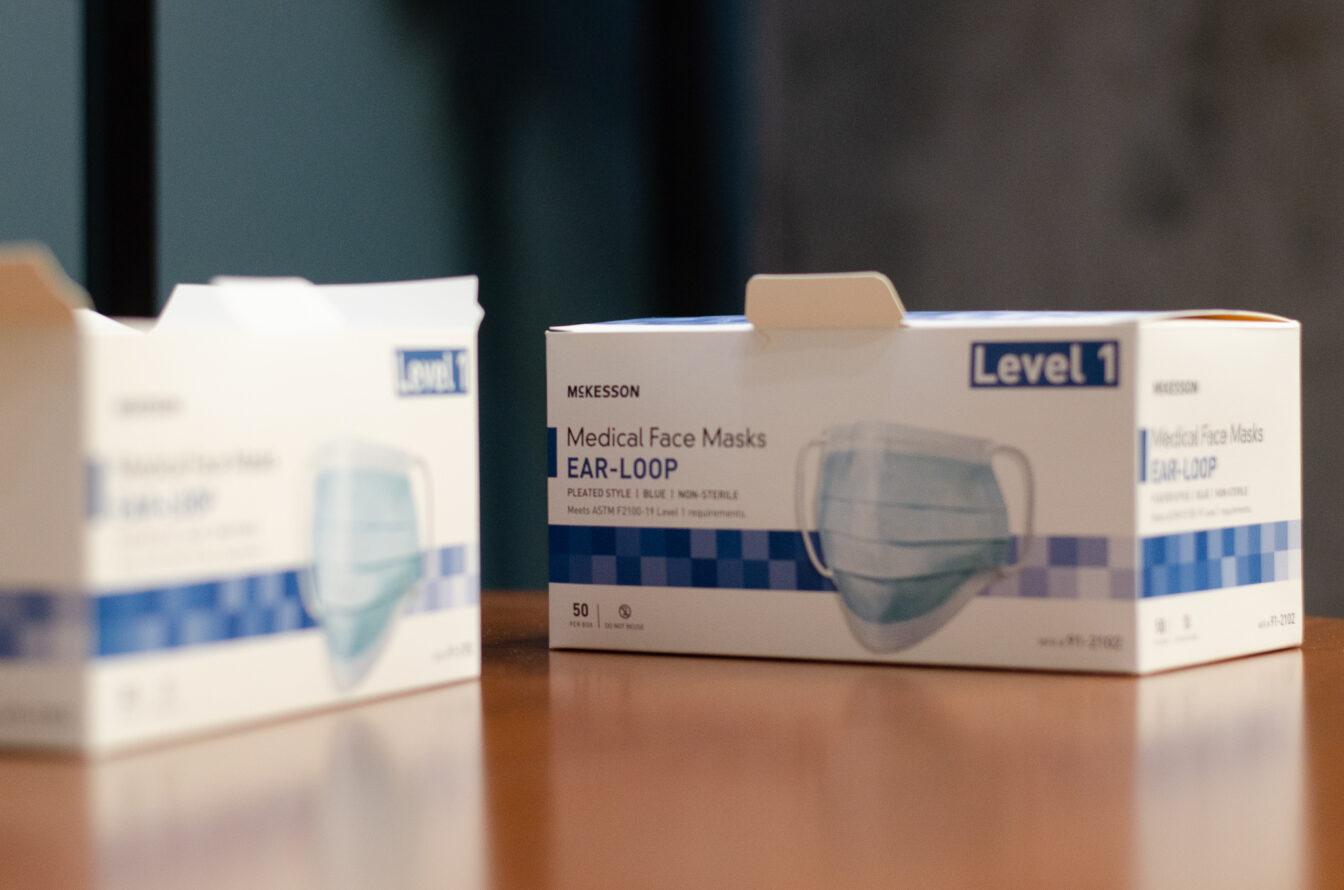Using game-based learning, University of Wisconsin’s Fair Play Lab confronts STEM racial disparities by placing users in the shoes of black graduate student Jamal Davis as he encounters racial bias en route to earning a Ph.D.
Christine Pribbenow, associate scientist and director of the Learning through Evaluation, Adaptation and Dissemination Center said Dr. Molly Carnes received a grant from the National Institutes of Health (NIH) to develop the game in 2010. Now that the game is running, two other grants were awarded from the UW System Administration and NIH for the dissemination of Fair Play to further its facilitation of workshops about bias.
“When someone is blatantly racist, someone can say, ‘Oh, they’re just racist, that’s their issue,’ and immediately know to write them off,” Fair Play team member William Cox said. “But when someone does something and it’s not clear what the intention was, the ambiguity is more stressful.”
Clem Samson-Samuel, one of the game’s developers, said when it comes to micro-aggressions, their subtly and lack of overt racism has an effect that builds over time. Implicit and unconscious sides of the bias are major contributors to current situations involving race, Samson-Samuel said.
But it’s something that needs to be better understood, which he said Fair Play is interested in investigating.
During the game, there is a time when Davis comes across a wall of professors in STEM fields that preceded him, but they are all white. Pribbenow said it’s an example of the environmental awareness of whether one belongs or not.
Samson-Samuel said the game tries to represent biases in as many ways as possible. The game isn’t strictly for those who may show bias or have experienced its effects, because everyone can learn something through the gameplay. Samson-Samuel said he better understood his own views of tokenism after playing the game.
The ultimate goal, however, is for players to take on the identity of Davis and be triumphant in their attempts to overcome the struggles he encounters.
Samson-Samuel said, in regards to Davis’s path to becoming a renowned professor, “Things can get pretty rough.”
“A lot of the biases in real life exist, but don’t necessarily mean the end of the world,” Samson-Samuel said. “But there comes a point in the game where if you can’t deal with the biases, Jamal leaves.”
The game’s emphasis isn’t on surviving, but rather the player taking control and making Davis’s successes their own. Samson-Samuel said the goals of Fair Play aren’t achieved easily, but neither is dealing with society’s views on video games.
Most people see video games as just fun, but he said they can have a huge impact because of the level of interaction that other mediums can’t achieve.
Pribbenow said the game’s development was initially challenging because there were so many other directions the game could’ve possibly gone. But in the end, they chose a specific one in Davis because they didn’t want the game’s message to be diffused. They wanted to make a point, she said.
Samson-Samuel said the game won’t inspire everyone, but everyone will have some sort of reaction.
He said some individuals, especially those who have gone through the experience themselves, are very “shaken up,” after playing.
“This isn’t just a game, it’s a window into what reality is like,” Samson-Samuel said. “As many people as we can get to see that, the better.”














